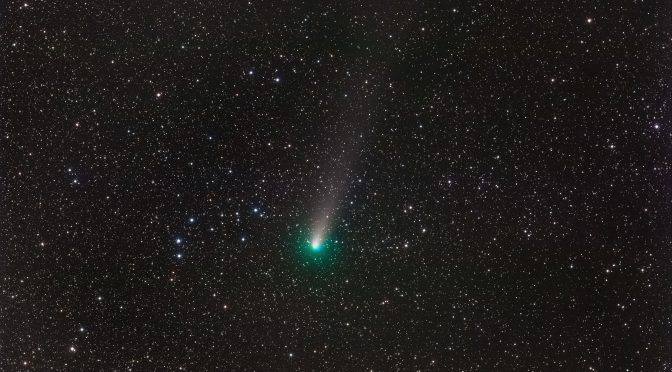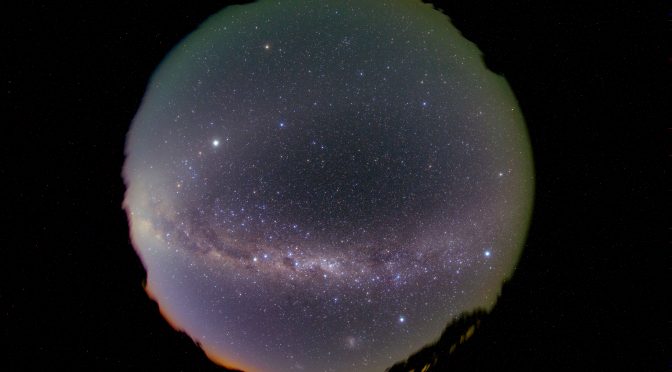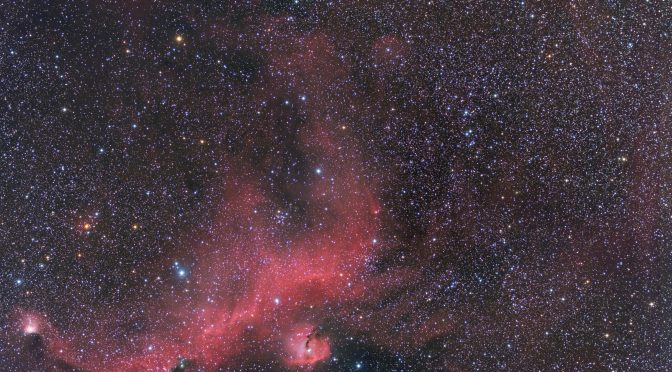IC 434: Horsehead nebula
IC 434: Horsehead Nebula IC 434, The Horsehead Nebula, is a horse-shaped dense molecular cloud (Barnard 33) blocking light from a bright emission nebula. A very prominent emission nebula called as Flame Nebula (NGC 2024) is at the left of the Horsehead Nebula. 2019-01-05 (KST, GMT +9:00): Jecheon, Korea CCD: QHYCCD QHY16200A (-20°C, ambient temperature: -10°C) Telescope: Takahashi […]









